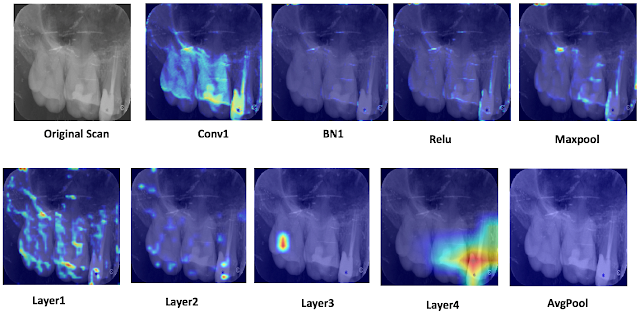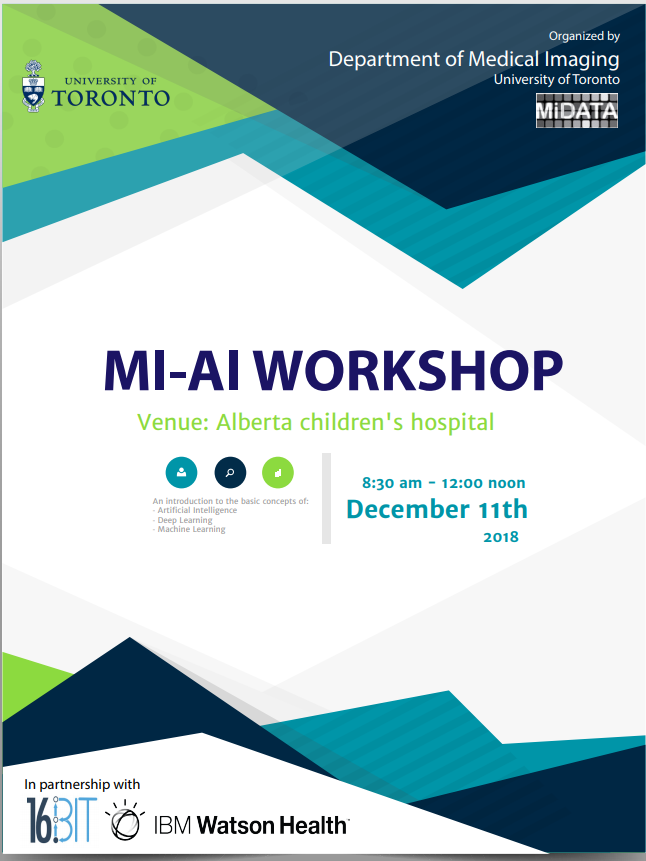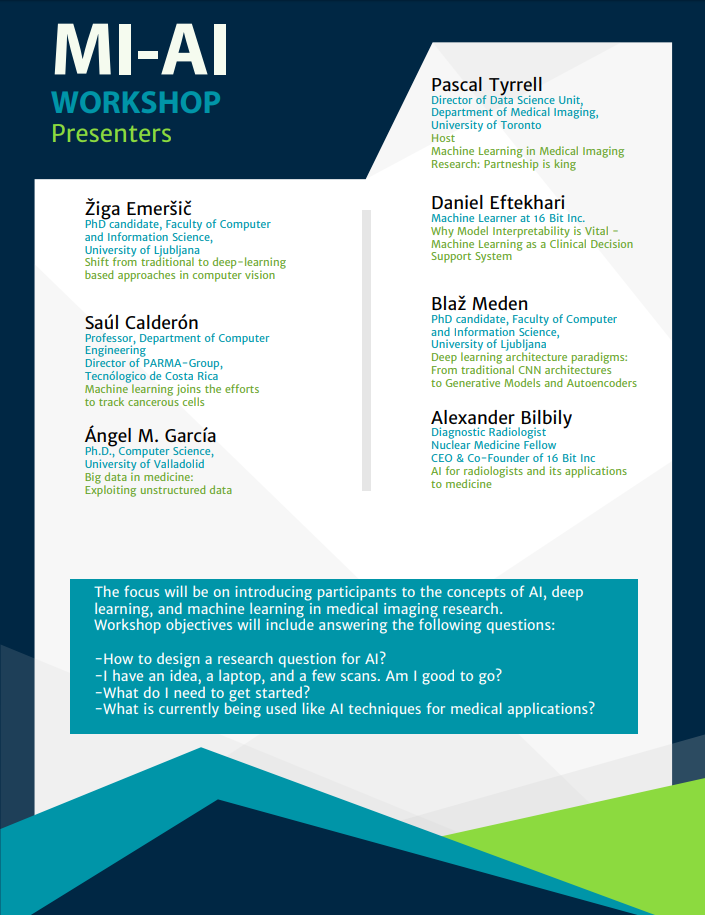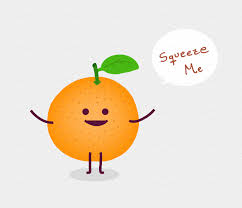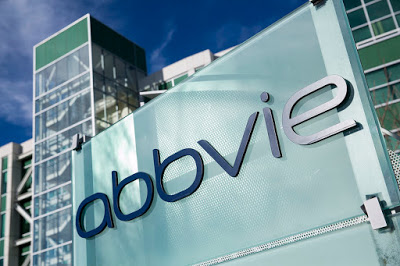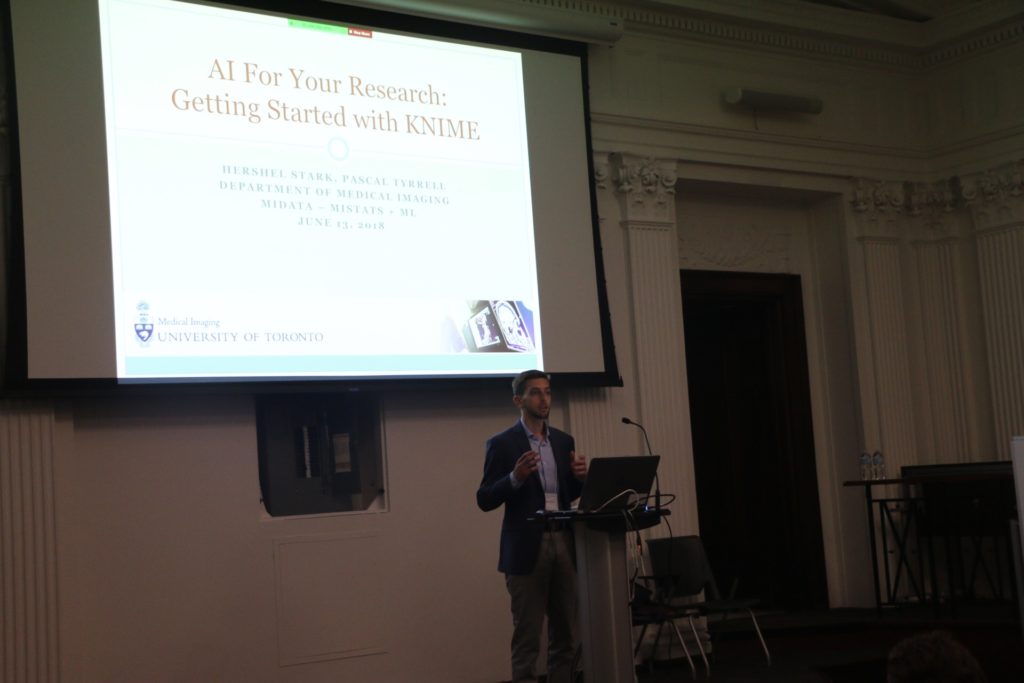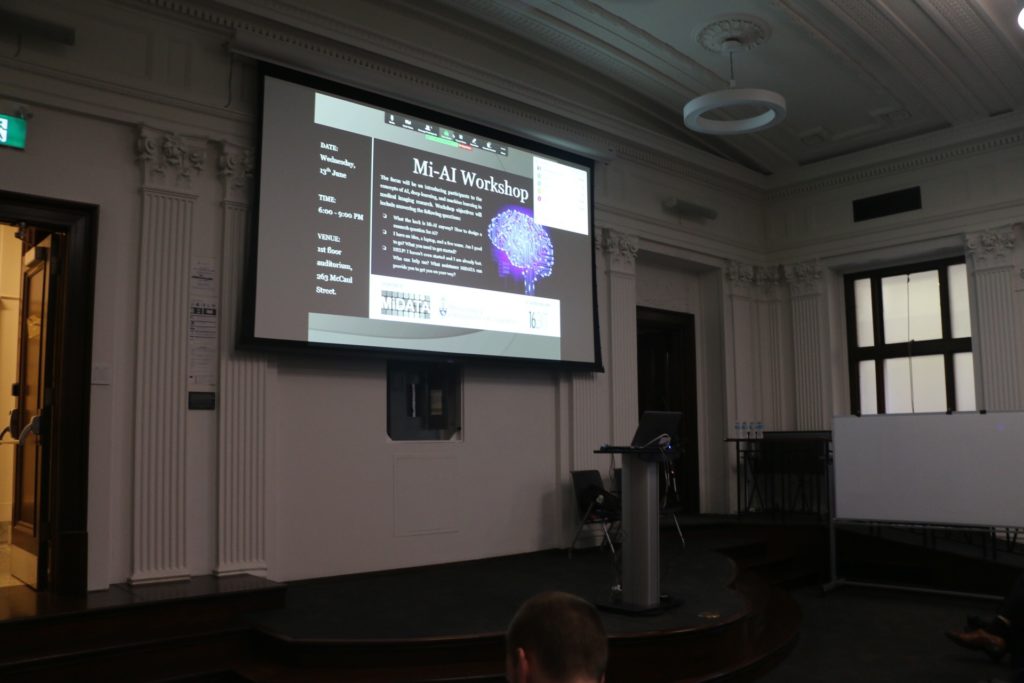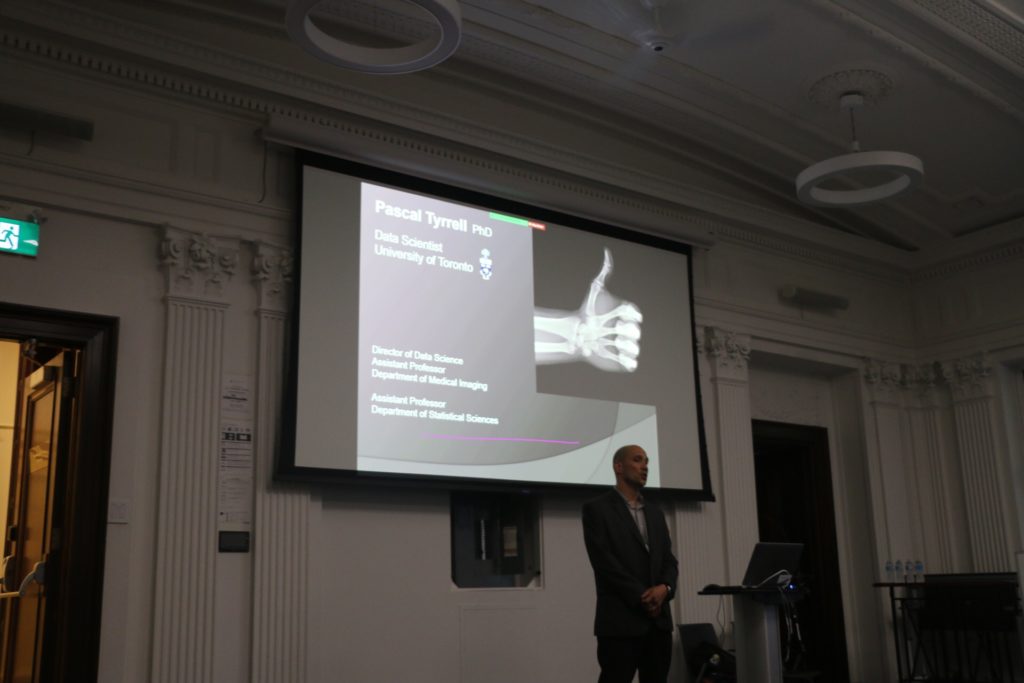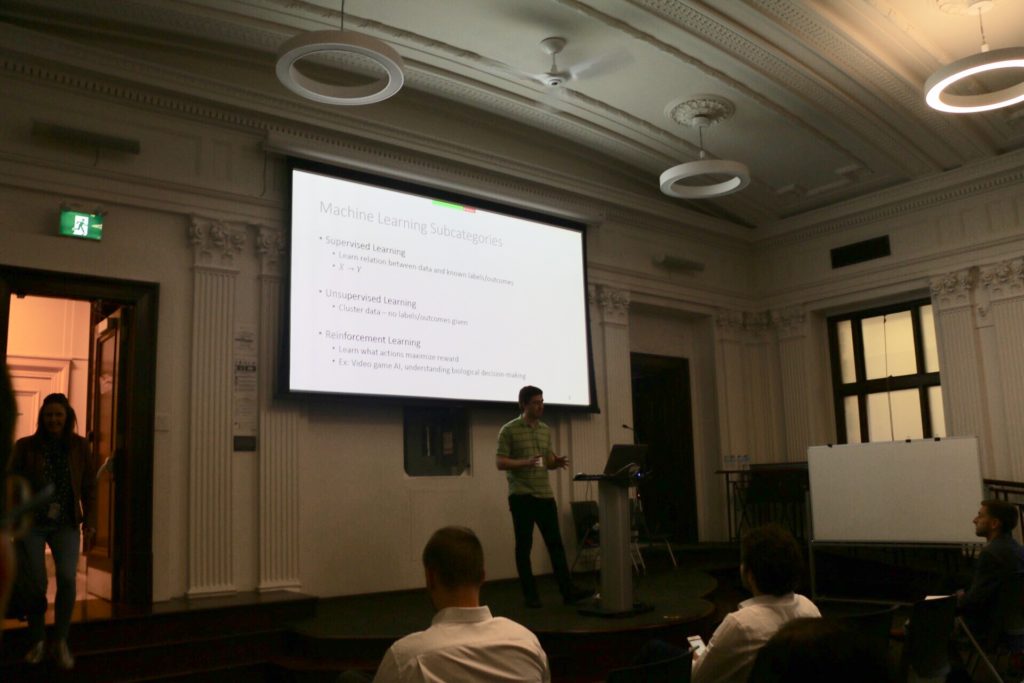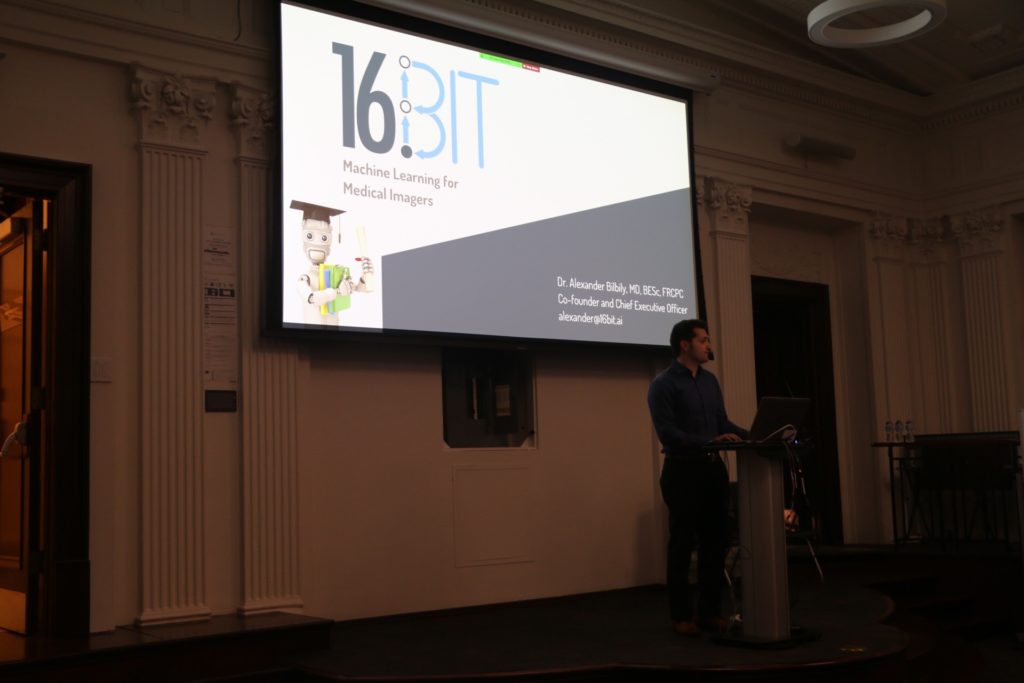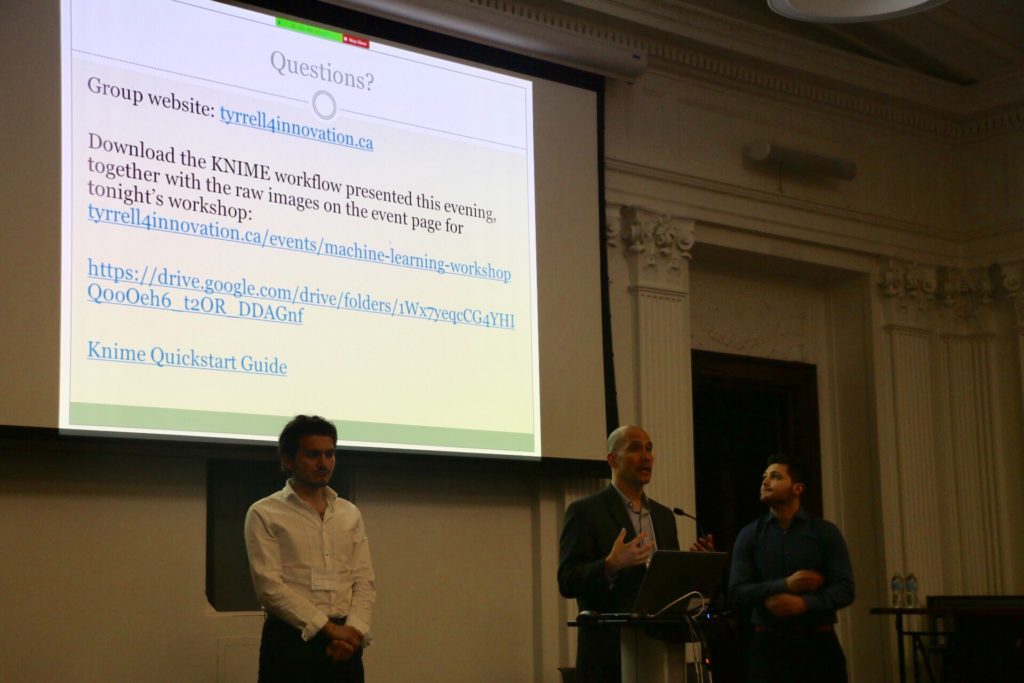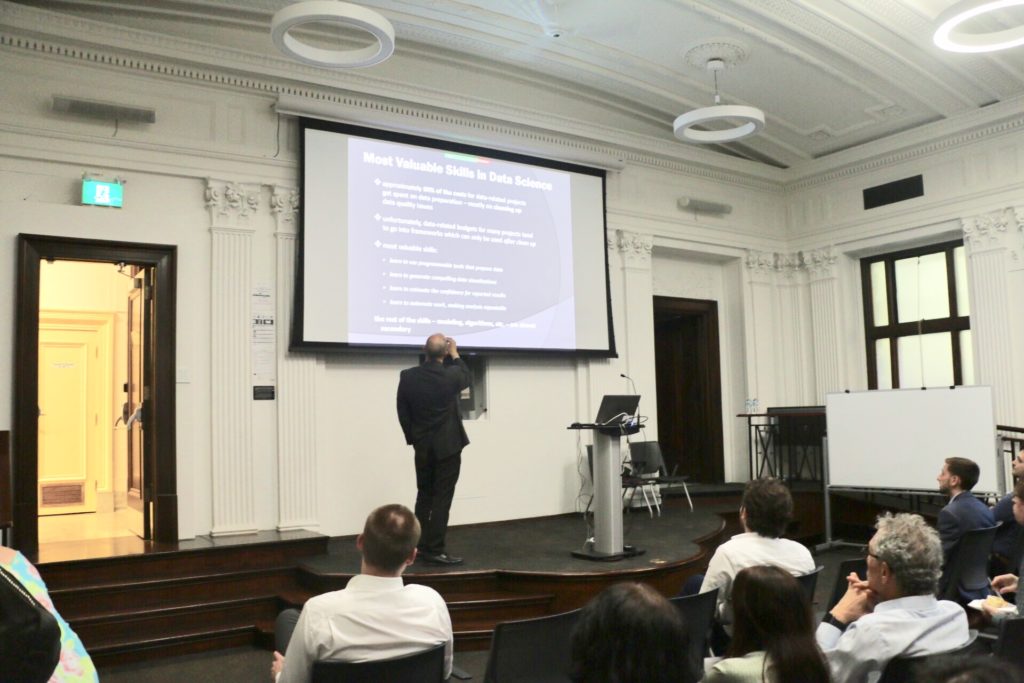Rachael Jaffe’s ROP Journey… From the Pool to the Lab!
 |
| https://thevarsity.ca/2019/03/10/what-does-a-scientist-look-like/ |
and I was inclined to put my minor to the test! Little did I know that I was about to embark on a machine learning adventure.
wasn’t going to be a part of the lab for 2018-2019 year. If my background in statistics has taught me anything, nothing truly has a 100% probability. And yet, last April I found myself sitting in the department of medical imaging at my first lab meeting.
should add an investigation of k-fold cross validation because the majority of models use this to validate their estimate of model accuracy. With further help from Ariana’s colleague, Mauro, I was able to gather a ton of data so that I could analyze my results statistically.
Rachael Jaffe
Adam Adli’s ROP399 Journey in Machine Learning and Medical Imaging
costs of its employment, I showed that L2 regularization is a feasible procedure to help prevent over-fitting and improve testing accuracy when developing a machine learning model with limited training data.
machine learning model. I harnessed powerful technologies like Intel AVX2 vectorization instruction set for things like image pre-processing on the CPU and the Nvidia CUDA runtime environment through PyTorch to accelerate tensor operations using multiple GPUs. Overall, the final run of my experiment took about 25 hours to run even with all the high-level optimizations I considered—even on an insane lab machine with an Intel i7-8700 CPU and an Nvidia GeForce GTX Titan X!
Adam
Adli
Step 1 in ROP399 – What’s my project?
This week I finally decided on my project topic!
During last week’s lab meeting, Dr. Tyrrell brought up some potential topics for us to choose from. This included determining the appropriate sample size for machine learning, class imbalance problem, participating in the dental project and the ultrasound project that has just been brought up.
After the lab meeting, I talked to Wenda and Ariana regarding the dental project that they have been working on. This was the project that I wanted to be in the most primarily because I intend to go to dental school after graduation, and being involved in a dental project would offer more exposure to this field. However, after the brief introduction and update on the current progress by Wenda and Ariana, I realized that there might not be much to do as a complete project. Hanatu, an independent research student, would also be working on this project, leaving fewer gaps that need to be addressed for the project. Because my expectation is to work on a project independently on a topic where there’s plenty of freedom, I decided to change gears and look at other ideas.
The class imbalance topic was the next thing that caught my interest. Indranil, who happened to be my mentor before I joined the lab, has been working on the class imbalance project before. I immediately contacted him regarding this project and got his project report. I was told that this topic is more technical and less clinical than the dental project, so I didn’t know if I would like the topic. Surprisingly, I found it really interesting and has great implications. Indranil studied the effect of class imbalance using images in the IRMA database and applied the random forest model. By manually changing the sample size of one class, he found that as the proportion of the imbalanced set goes up, the overall accuracy of the model decreases, while the accuracy for the imbalanced class increases. I found it interesting and useful, as class imbalance can be very common in any dataset, especially in medical imaging. Studying its effect can help identify this issue when machine learning is applied to assist with medical imaging.
I then met with Indranil on the possible projects on this topic, and the most natural one would just be investigating which method can better mitigate the class imbalance problem – as a continuation after studying its effects. Next, I researched on any existing literature on this topic specifically in medical imaging, and very little was found. The most commonly used methods for class imbalance include over-sampling, under-sampling, and changing the weight for the imbalanced class coefficient in the cost function. I met with Dr. Tyrrell, he liked the idea for my project, and suggested that I focus on these 3 main methods (mentioned above).
I am excited about my project (and most importantly, really interested). I decide to ask for the code that Indranil used to do the image preprocessing and creating imbalanced classes as a starting point. For my next steps, I’m also planning to learn more about the different methods in addressing this problem as well as how to code in Python.
Looking forward to working on my project!
Wendi
Sep.28, 2018
Upcoming Medical Imaging – Artificial Intelligence Workshop in Calgary!
MiDATA will be offering a free Mi-AI workshop on Tuesday December 11th from 8:30 am-12:00 noon at the Alberta Children’s Hospital, Calgary.
The focus will be on introducing participants to the concepts of AI, deep learning, and machine learning in medical imaging research.
Workshop objectives will include answering the following questions:
-How to design a research question for AI?
-I have an idea, a laptop, and a few scans. Am I good to go?
-What do I need to get started?
-What is currently being used like AI techniques for medical applications?
Squeezing in a Little Time for ML this Past Summer: John Valen’s Experience
My name is John Valen. Having recently completed my undergraduate degree in statistics and economics here at U of T, and soon moving on to pursue my Master’s in statistics in Europe, the Medical Imaging Volunteer Internship program seemed almost tailored to my goal of getting valuable research experience within a constrained time window. Over the course of only several months this summer, I’ve had the pleasant and enriching experience of contributing ideas and code to the project that summer ROP student Wenda Zhao undertook for the dentistry department at U of T, along with the guidance and contributions of ML lab leader Hershel Stark.
Wenda’s blog post (see here) neatly summarizes the goal of this project, one whose aim is to determine the likelihood that a misdiagnosis may occur, depending on the degree of damage to the dental plate being used for X-rays. Contributions I’ve helped make in particular include:
– Creating sparse matrix representations of the grey scale X-ray images themselves in order to economize on memory and run-time performance
– Hand-engineering features: once the artifacts (damage such as scratches, dents,
blotches, etc) were segmented out via DBSCAN, they were characterized by a variety of different metrics: size (pixel count), average pixel intensity (images are grey scale), location (relative to the center of the plate image), etc.
– Training a K-Means algorithm to cluster segmented artifacts from the dental plate images based on these hand-engineered features, whereby clustering them in this unsupervised manner gave us insight on their properties;
And much more. If you are not familiar with this machine learning lingo, then do not worry; I was hardly exposed to it myself before I started working in this lab. I went in knowing close to nothing practical and a whole lot theoretical, and came out knowing quite a little more in the way of the first one. Fine, a lot more: or
so I like to think. It may not seem clear how my contributions can be used in the future to help answer the ultimate question. The truth is, nothing is really clear at the moment. The project is still on-going and I intend to keep up with it, making contributions remotely to it while I am away in Belgium pursuing my Master’s degree. This is the greatness of it all, the amount of flexibility we have in answering these questions leaves a lot of room for creativity and contemplation.
All in all, from my own perspective (which has been greatly expanded over the course of the summer), the volunteer program was a perfect means to experience the sheer amount of work that is enthusiastically undertaken by serious students in answering these important questions. I hope that I too can now consider myself at the very least climbing to their ranks while I move on to other and more numerous serious pursuits in my life.
Good luck to you all, and do not underestimate yourselves.
John Valen
Summer 2018 ROP: Wenda’s in the house!
X-ray artifacts. And now, looking back, it was one of the best learning experiences I have ever had, through an enormous amount of self-teaching, practicing, troubleshooting, discussing and debating. As with all learning experiences, the process can be long and bewildering, sometimes even tedious; yet rewarding in the end.
office, waiting for him to print out my ROP application and start off the interview. At that point, I just ended my one-year research at a plant lab and was clueless of what I was going to do for the following summer. Coming from a life science background, I went into this interview for a machine learning project in medical imaging knowing that I wasn’t the most competitive candidate nor the most suitable person to do the job. Although I tried presenting myself as someone who had had some experience dealing with statistics by showing Dr. Tyrrell some clumsy work I did for my previous lab, the flaws were immediately noticed by him. I then found myself facing a series of questions which I had no answers to and the interview quickly turned into what I thought to be a disaster for me. I was therefore very shocked when I received an email a week later from Dr. Tyrrell informing me that I had been accepted. I happily went onboard, but joys aside, part of me also had this big uncertainty and doubt that later followed me even to my first few weeks at the lab.
gradually went away. But it was never going to be easy. There were times when
we hit the bottleneck; when our attempts have failed miserably; when we had to give up on a brilliant idea because it didn’t go our ways. But after stumbling through all the challenges and pitfalls, we found ourselves new. I was a bit lost at the beginning of this summer. But over the summer I learned a lot about the very cool and growingly crucial field of machine learning; I grew a newfound appreciation for statistics and methodology; I picked up the programming language python, which I had been wanting to do for years and, most importantly, I did more thinking than I ever would if I were to just follow instructions blindly. And in the end, I believe that science is all about thinking. So for you guys out there reading the blog, if you’re coming to this lab from a totally different background and not entirely sure about the future, don’t be afraid. And I hope you find what you come here looking for, just like I did.
Indranil Balki Receives Undergraduate Research Fund Prize
Recently from our centre, Indranil Balki, under the supervision of Dr. Pascal Tyrrell, received the Undergraduate Research Fund Prize, a prestigious, semi-annual award presented for innovative research at the University of Toronto. The grant has helped to fund the purchase of a Graphics Processing Unit (GPU) at the Data Science unit in the Department of Medical Imaging. The GPU will add versatility and flexibility to the machine learning tools available for students and staff at the lab – supporting projects that leverage AI in medical image analysis and aid in the investigation of broader issues ranging from class imbalance to sample size determination in machine learning.
Indranil is enrolled in medical school at the University of Toronto and recently completed his undergraduate degree in Statistics & Biology. His research experiences in Prof. Tyrrell’s units inspire Indranil to leverage data science, including machine learning, database management and cost-effectiveness analysis to improve clinical care.

